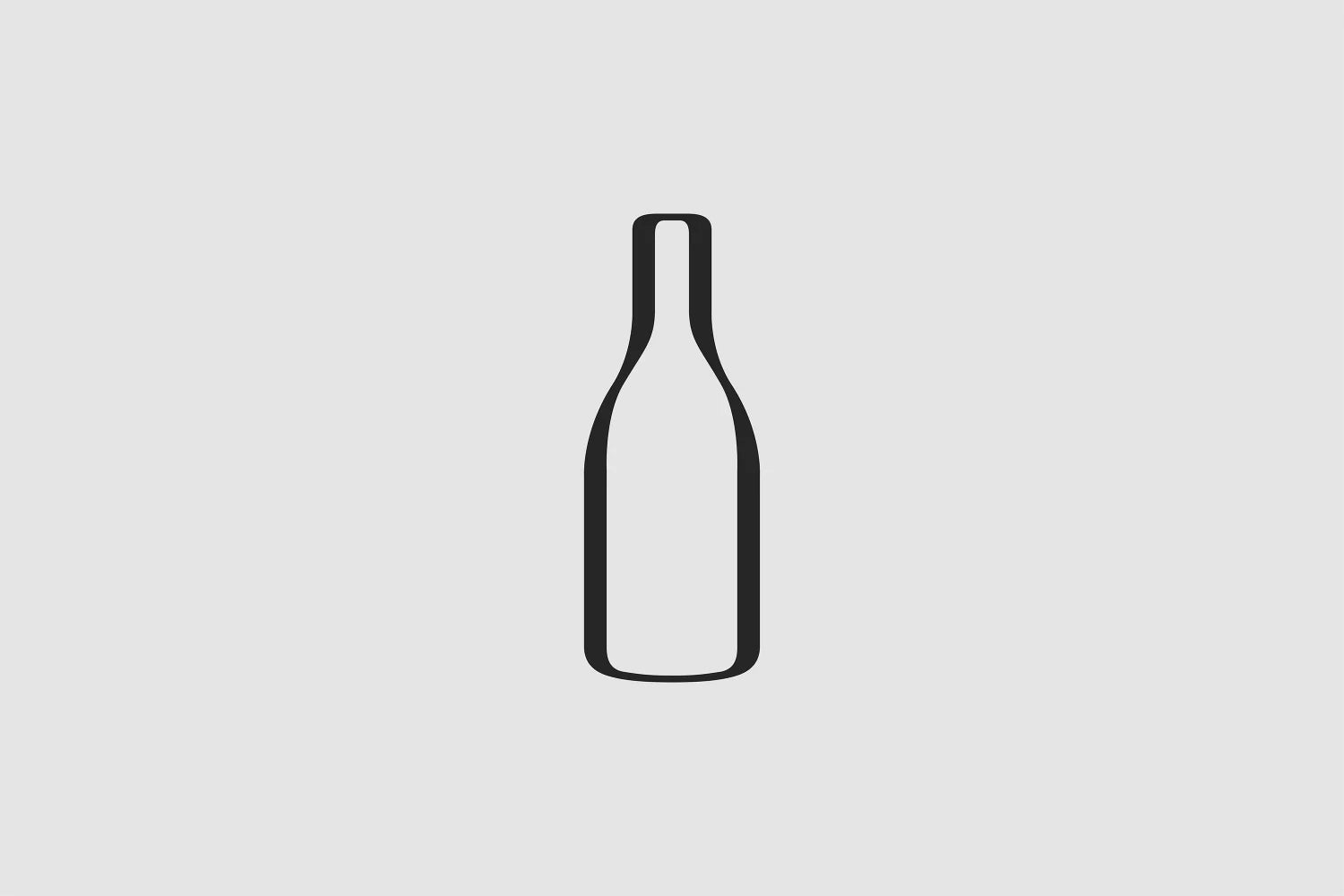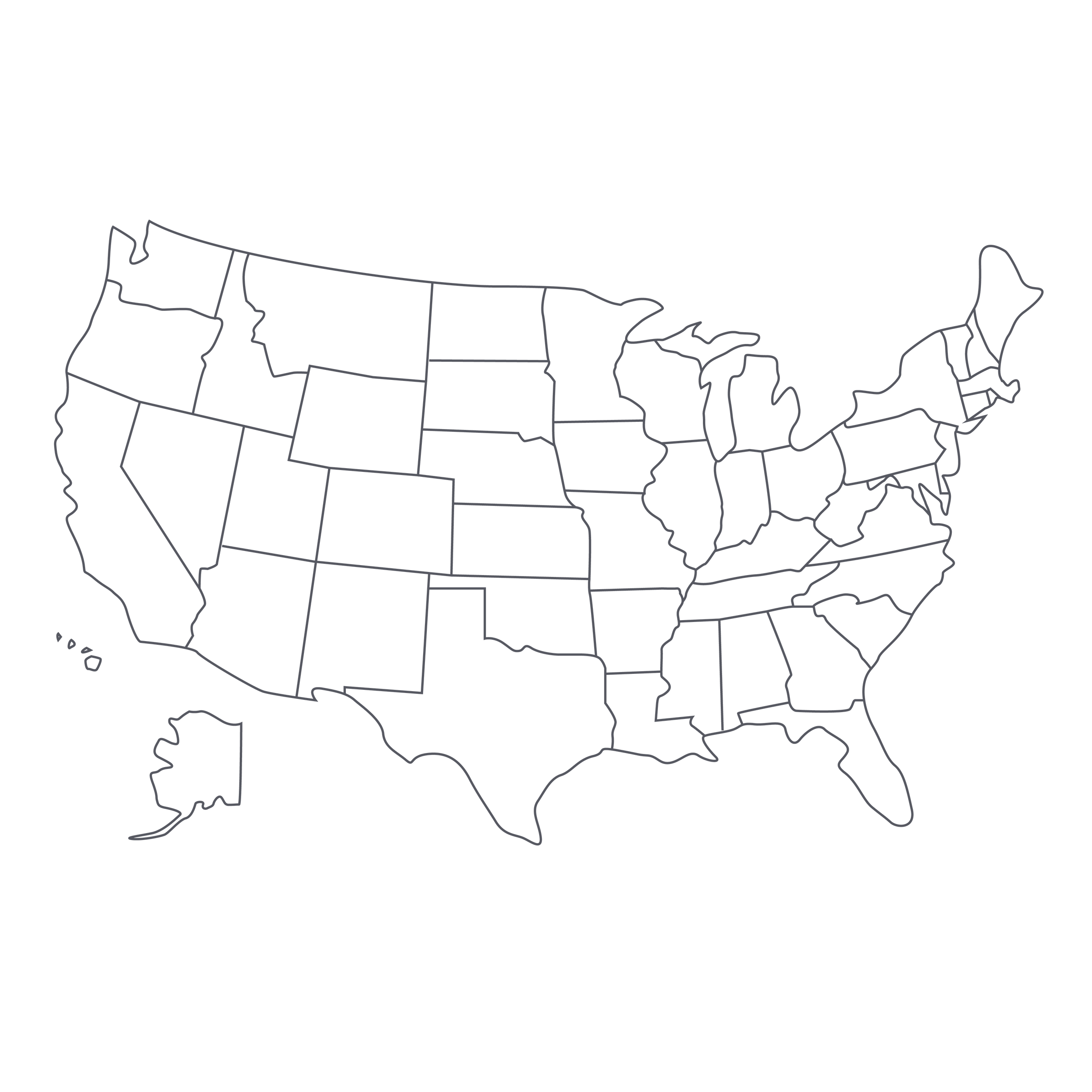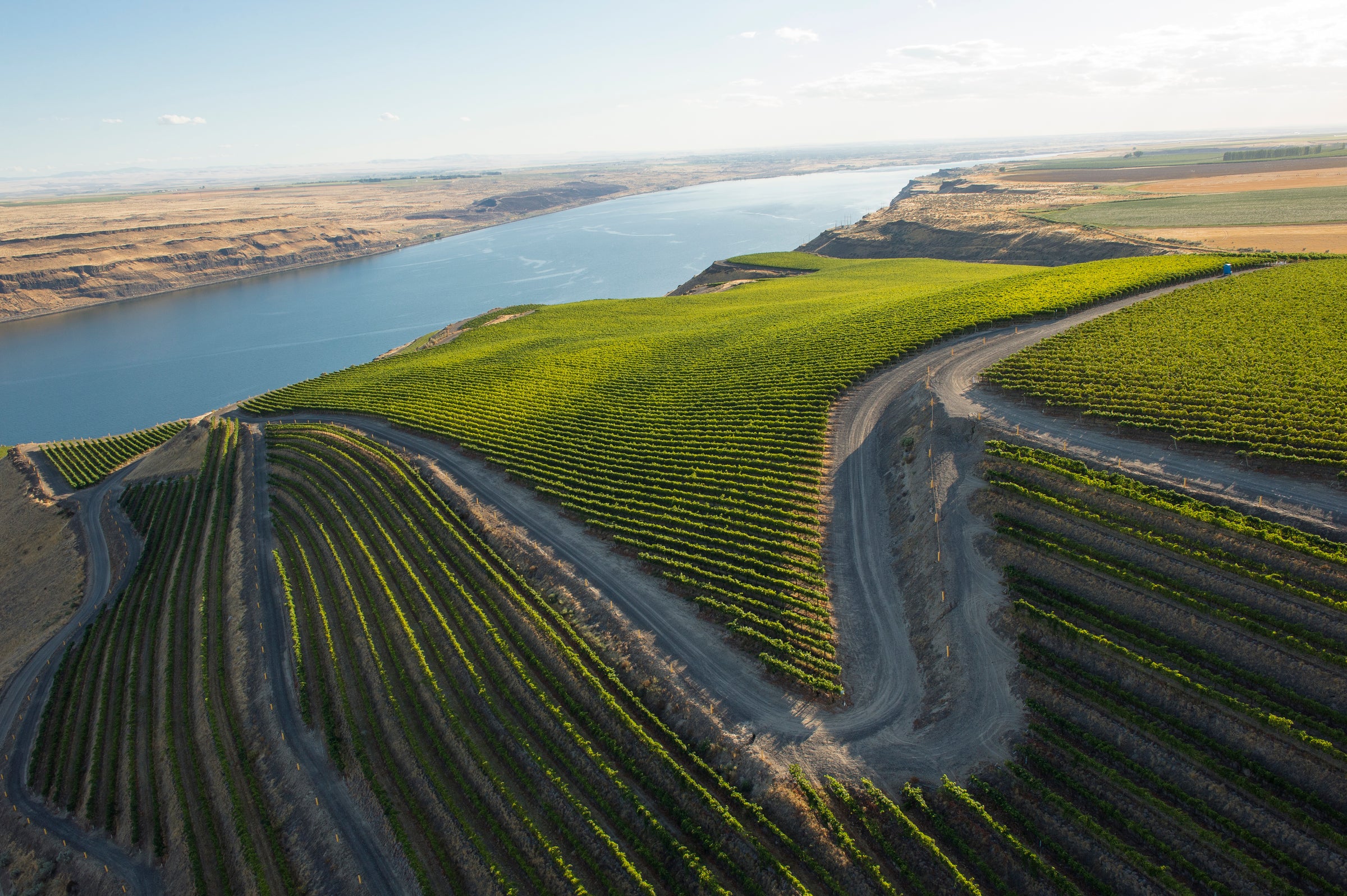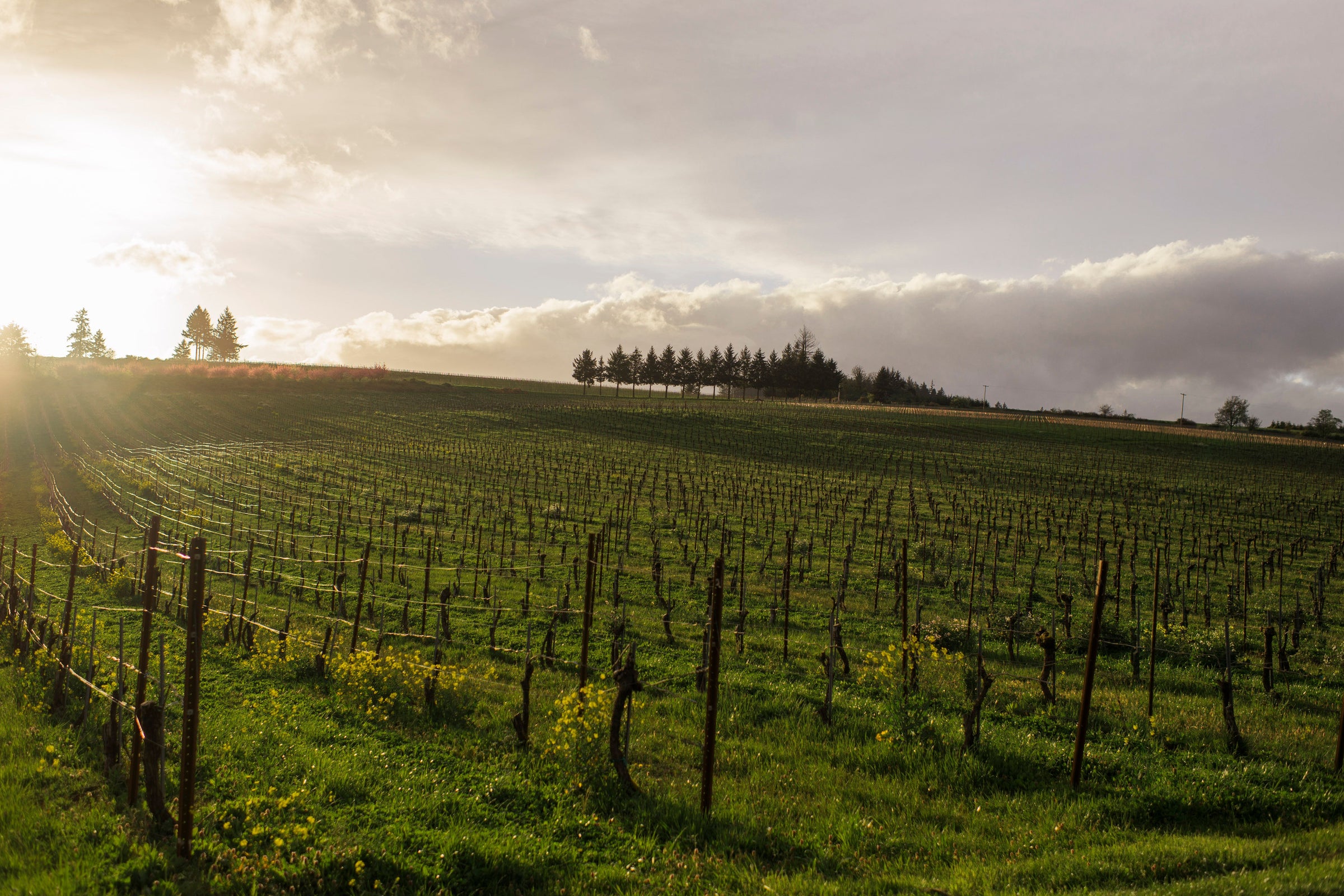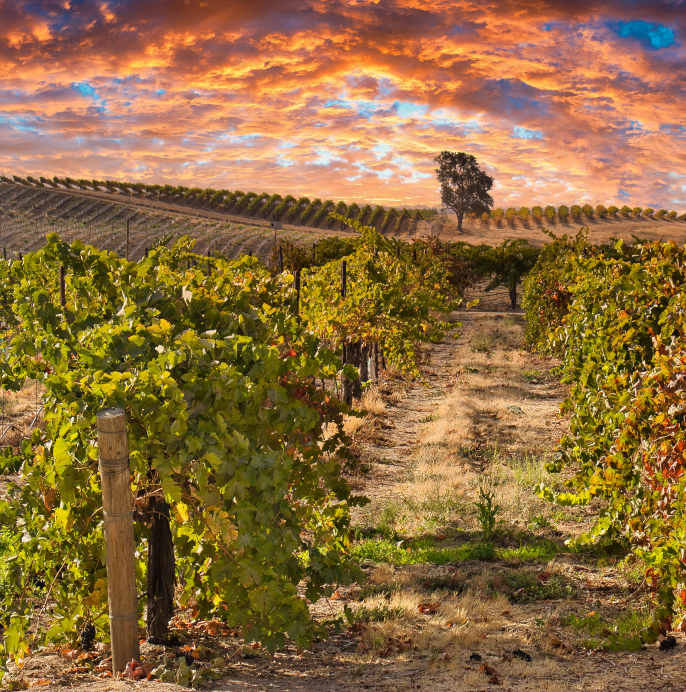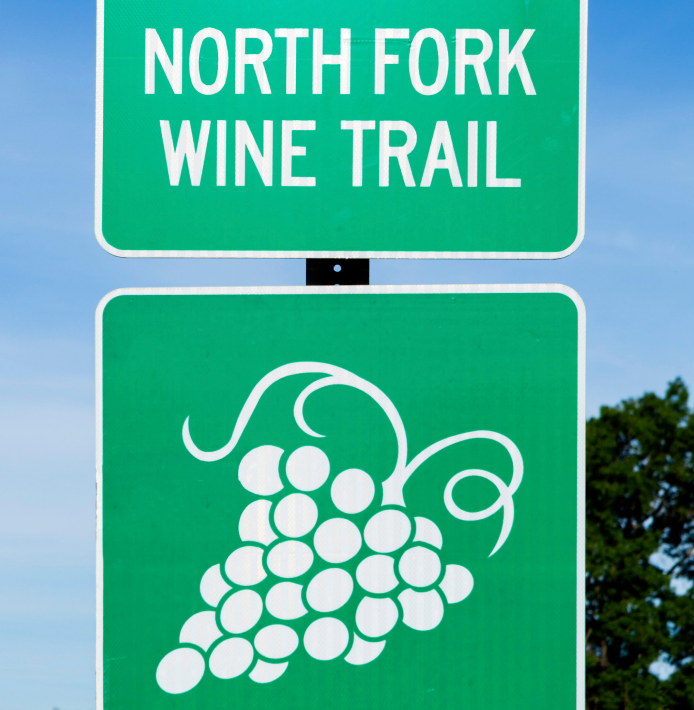Whether it’s the Mayacamas Range to the west or the Vaca Range to the east, the mountains that flank the Napa Valley are a treasure trove of world-class Cabernet Sauvignon vineyards. One example (of many) is the Hossfeld Vineyard, once an overgrown wilderness perched more than 1,500 feet above the valley floor in Soda Canyon, tamed and planted back in the early 1980s by Susan and Henry Hossfeld.
This terraced, south-facing site is the source of the concentrated, gripping Cabernet Sauvignon in this library-release 2006 bottling from Parador Cellars. Our friend Steve Ventrello, a Napa-based wine broker (and maker), founded Parador nearly two decades ago, focusing not just on great mountain Cabernet like thi offer, but on Spanish-inspired red blends incorporating Tempranillo, and has purposely held back stock each vintage to demonstrate just how well Napa Cabernet can age. The fact that we can sell this perfectly stored, mature wine for under $50 is downright incredible given current market prices, especially when the wine performs like this one. We reserved the rest of his library’s stock for this offer, and I know I’ll be dipping into my personal stash regularly in the months and years to come when wine savvy friends come over. It’s a fantastic way to drink (and share) something special without breaking the bank, and, come to think of it, would make an impressive choice for holiday gifting as well. This is easily one of the greatest Napa Cabernet values on the market today. When you taste it, you will understand.
Having sold the great wines of the world over a long career as a wine merchant and wholesaler, Ventrello has crafted his Parador wines with what might be called a European sensibility. This Cabernet, while in no way lacking in body and structure, is constructed more along old-school Bordeaux lines—he isn’t gunning for ‘cult wine’ status, but rather a red that he’d want to drink both on release and 10-20 years down the line. He found a great partner/fruit source in the Hossfeld family, who farm their vineyard sustainably and are moving toward organic certification; comprised of eight different blocks, the Hossfeld Vineyard is extremely steep (required that it be terraced), with a very thin topsoil over volcanic bedrock. Soda Canyon, where Hossfeld is perched, sits between the Stag’s Leap and Atlas Peak AVAs, up above Yountville.
Parador’s Cabernet comes from 30+-year-old vines producing small-berried, thick-skinned grapes, and the wine was subjected to an extra-long (30 months) period of aging in oak before bottling. It comes to us after enjoying many years of bottle aging, unmoved, in Parador’s cellars, and it is in perfect condition: In the glass it shows a dark, nearly opaque garnet-red core moving to orange and amber reflections at the rim, consistent with wines of this age. The aromatics, too, are starting to show off the wine’s evolution in the bottle: still-fresh black plum, currant, damp violet, and cassis notes are complemented by more-savory scents of dried herb, lead pencil, tobacco and wet soil. Structurally, it is still firm and focused, with silty tannins that frame the dark-hued fruit. By current-day Napa Cabernet standards, this is a modestly proportioned style, big but not massive and all the better for that. While it is starting to enter its peak window of drinking now, I still see 5-7+ more years of flattering evolution ahead of it. Not bad, indeed, for this price: If you’re enjoying a bottle tonight, decanting is optional (for sediment); pull the cork around 15-20 minutes before serving in large Bordeaux stems just above cellar temperature, about 60-65 degrees (we say this a lot, and it bears repeating that the typical “room temperature” temp is more like 75 degrees, which is way too hot for a richer red like this one; if you don’t have a cellar, put this wine in the refrigerator for a half-hour before serving, as the temperature is a key component to enjoying this wine to the fullest). The wine’s well-knit structure will do a nice job breaking down the fat in a well-marbled steak or a short-rib braise. As I’ve said before, we all deserve to drink mature wine as often as possible; how nice to be able to afford it! Cheers!
